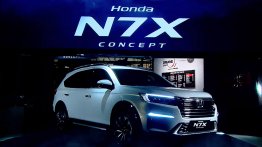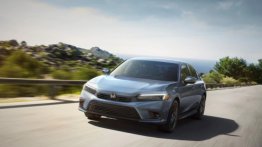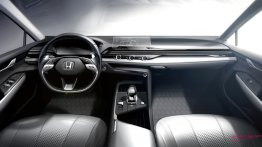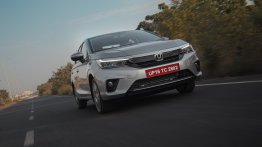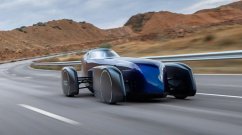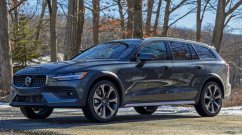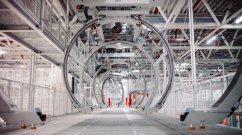Next "all new" model from Honda Cars India.
According to Car and Bike, the next generation Honda Amaze (codenamed: Honda 2UB) will be the next "all-new" model from Honda Cars India and could make its world debut at the Auto Expo 2018. Similar to what Maruti did with the next-gen Swift and Dzire, the next generation Honda Amaze will arrive before the Brio hatchback (codenamed: Honda 2UA).
The second generation Honda Amaze will be developed by Honda Thailand's R&D division but will have inputs from Honda India's R&D engineers. According to a report from May 2016, the new Amaze will enter production at Honda's Tapukara plant in Rajasthan in June 2018, and the plant will also serve as the global supply base for its engines.
Details on the next generation Amaze are currently scarce. It does not seem to have entered the public testing phase yet, but do expect spy shots to crop up towards the end of this year from India or Thailand. The new Amaze will stick to the sub-4m footprint but could feature a more cohesive, striking design with cues borrowed from Honda's bigger sedans.
The interior could also receive an overhaul while retaining the segment-best occupant space. Expect Honda to upgrade equipment levels, starting with a touchscreen infotainment system which is not even an option in the current version, as well as including features such as rear HVAC vent, auto-folding ORVMs, LED DRLs, and LED taillamps.
As for engine options, CnB states that it could get a more powerful 1.5L i-DTEC 4-cyl motor, producing more power than the current version's 100 PS output. A petrol variant with the 1.2L i-VTEC motor could be retained, along with a 5-speed manual gearbox for both variants. About automatic variants, Honda is reportedly keeping a close eye on the Maruti Dzire AMT's figures, which will help decide if the market is open to automatic versions of the Amaze petrol and diesel. Currently, an Earthdreams CVT is exclusive to the Amaze petrol variant.
Higher fuel mileage is also a focus area for Honda, so expect the new Amaze to be more fuel efficient than the current car, which averages 25.8 km/L (diesel manual), 17.8 km/L (petrol manual) and 18.1 km/L (petrol CVT).
[Source: Car and Bike]




























